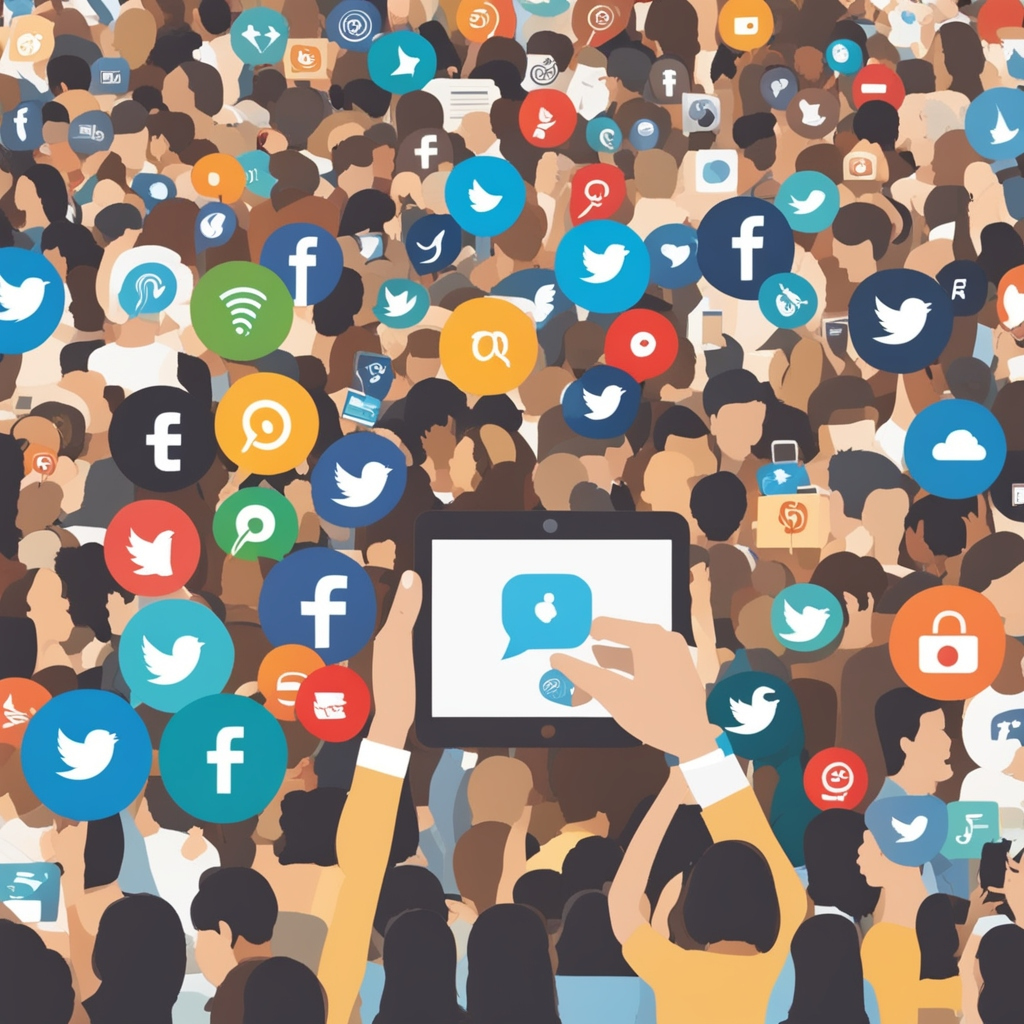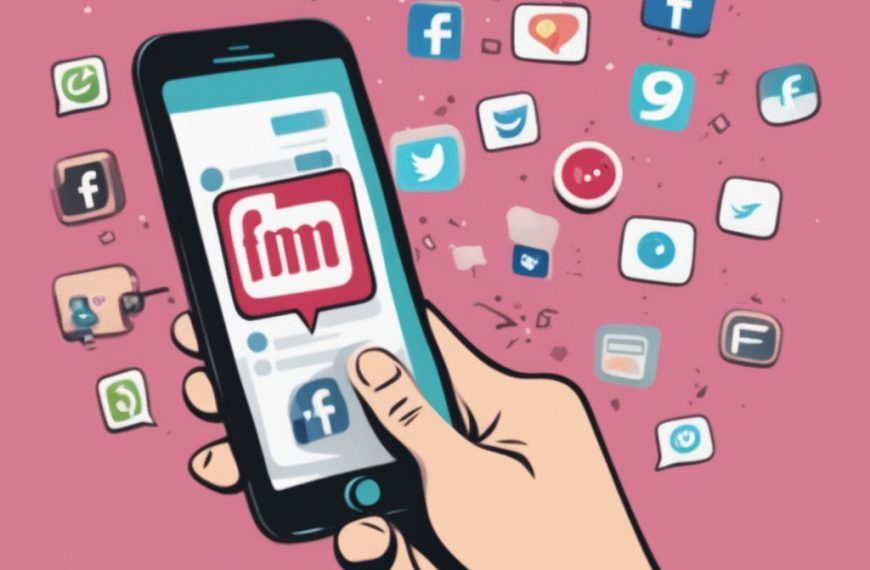Social media has revolutionized event marketing, providing powerful tools to boost engagement, attract attendees, and build anticipation before, during, and after an event. With billions of users on platforms like Facebook, Instagram, LinkedIn, and Twitter, leveraging social media effectively can amplify an event’s reach and impact. In this article, we explore the best strategies for marketing events on social media to ensure maximum visibility and success.
1. Define Clear Goals and Audience
Before launching a social media marketing campaign for your event, define your objectives. Common goals include:
- Increasing ticket sales
- Enhancing brand awareness
- Boosting engagement and interaction
- Attracting sponsors and partnerships
Understanding your target audience is equally important. Consider demographics, interests, and the platforms they use most. For instance, a professional networking event may perform better on LinkedIn, whereas a music festival may gain more traction on Instagram and TikTok.
2. Create a Dedicated Event Page
Platforms like Facebook and LinkedIn allow users to create event pages that centralize all event-related information. These pages should include:
- A compelling event description
- Date, time, and location details
- Ticket purchase links
- Regular updates and announcements
Encourage attendees to RSVP and share the event with their networks to expand reach organically.
3. Develop Engaging Visual Content
Visual content is key to grabbing attention and generating excitement. Utilize:
- High-quality promotional images and videos
- Teaser clips or behind-the-scenes footage
- Branded graphics with key event details
- Speaker or performer highlights
Platforms like Instagram Reels and TikTok allow for short, engaging videos that can go viral and attract more attendees.
4. Leverage Influencer and Partner Collaborations
Influencers and industry experts can amplify your event’s reach. Partner with relevant influencers to:
- Share promotional content
- Offer exclusive ticket giveaways
- Conduct live Q&A sessions about the event
Encouraging speakers, sponsors, and exhibitors to share event-related posts with their audiences can also significantly boost visibility.
5. Utilize Event Hashtags
Creating a unique, memorable hashtag helps categorize event-related content and encourages attendees to share their experiences. Ensure your hashtag is:
- Short and easy to remember
- Relevant to the event
- Consistently used across all social media posts
Encourage participants to use the hashtag when posting content to enhance event awareness and engagement.
6. Implement a Countdown and Teasers
Building anticipation is crucial for event success. Use:
- Countdown timers on Instagram Stories
- Daily or weekly teaser posts
- Sneak peeks of event highlights (speakers, performances, giveaways, etc.)
These tactics create a sense of urgency and encourage potential attendees to take action.
7. Run Social Media Ads
Paid advertising can significantly boost event visibility. Platforms like Facebook and Instagram offer targeted advertising options that allow you to reach specific demographics. Consider:
- Running engagement ads to increase event awareness
- Retargeting website visitors with event promotions
- Creating lookalike audiences based on past attendees
8. Engage with Your Audience
Engagement is key to sustaining interest. Actively respond to comments, messages, and mentions. Additionally:
- Conduct polls and surveys to gather feedback
- Host live Q&A sessions to answer event-related questions
- Encourage user-generated content by resharing attendee posts
This two-way interaction fosters a sense of community and increases excitement.
9. Leverage Live Streaming
Live streaming allows you to showcase event highlights and attract a wider audience. Platforms like Facebook Live, Instagram Live, and LinkedIn Live are effective for:
- Broadcasting behind-the-scenes moments
- Streaming key sessions or performances
- Conducting interviews with speakers or attendees
Even after the event, these live videos can be repurposed as valuable content.
10. Post-Event Engagement and Follow-Up
The event doesn’t end when it’s over. Maintain engagement by:
- Sharing event recap videos and photo highlights
- Posting testimonials from attendees and speakers
- Conducting follow-up surveys for feedback
- Promoting future events and keeping the community engaged
This continued interaction keeps the audience connected and increases the likelihood of repeat attendance.
Effective social media marketing can turn an event into a massive success by driving awareness, engagement, and attendance. By setting clear goals, leveraging engaging content, collaborating with influencers, using paid ads, and maintaining post-event interactions, you can maximize the impact of your event and build a loyal community for future events. Whether you’re hosting a small webinar or a large-scale festival, implementing these strategies will ensure your event reaches its full potential.




